Table of Contents
Time is money and it is absolutely crucial in this day and age to utilize every second we have optimally. Thanks to the global pandemic, we have seen thousands of people queued outside super markets only to be admitted inside with more time restrictions. Why? Because there are not many online grocery systems around.
While a boring chore for many, grocery shopping is an important part of our lives and we do not want to associate it with stress. Afterall, we become what we eat and if we bring home stuff laced with stressful vibes, that is what we will end up being.
So, what’s the way out? A robust and easy-to-use online grocery delivery software that helps people shop groceries without time restrictions and free from the fear of getting infected. Since this is a relatively new space, it is possible for new players to establish a foothold in this domain and make shopping essential goods as interesting as ordering their favorite gadgets from eCommerce websites.
Due to the Pandemic Online Grocery Sales Grew By 233% in 2020.
Statista
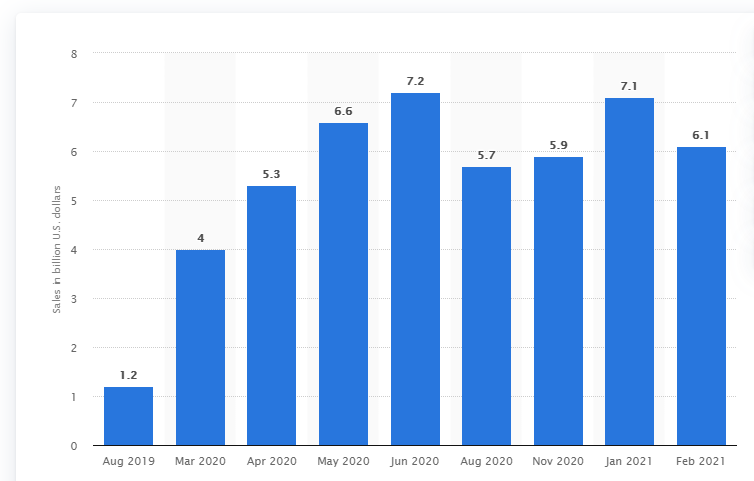
What Does it Take to Build an Outstanding Online Grocery Delivery Software?
Before we dive into the details, here is an interesting fact for you – 25% of customers in the US, order their groceries online and this trend is increasing at a dramatic rate. In fact, it is expected that the global grocery market will cross the $133 billion mark by 2022.
This paradigm shift from traditional grocery shopping to online grocery delivery platforms has disrupted the entire market. Now is the right time for startups to grab the bull by the horns and create online grocery shopping experiences to the customers through grocery delivery mobile app development projects.
In this article, we will take a look at the most critical aspects of a robust online grocery delivery platform that need your attention. Without further ado, let’s dive right in:
Step#1
User-Friendly Platform
Customers should not keep clicking buttons frantically to register their names, mobile numbers on an online grocery delivery software. Registration should be a breeze and followed by a quick tutorial for the customers. Easy search options, add-to-cart feature and a side panel to review orders add to the convenience. The final step should streamline the mode of payment and place the order in a matter of a few clicks.
Create subgroups for products to assist users in selecting products. For example, it can be very tedious to look through hundreds of products when you search for cookies or bread. Instead, it is better to mark them as a subgroup titled “Baked products”? It makes search easier, enables easy filtering and helps the customer easily find what they were searching for.
An online grocery ordering system should mention all the relevant information about the product listings clearly. Clear pictures, brand names, list of ingredients, nutritive values, packaging size, preservatives used, expiry dates and information about potential allergens, sellers should strive to mention every piece of information in the listings. In case there are any offers on a particular product, it should be mentioned alongside the price in clear text.
Online grocery shopping is similar to visiting your favorite supermarket. How? People prefer to shop at the same place because they feel comfortable and have an emotional sentiment attached to the place. Similarly, when users feel comfortable ordering from your app, they will use it again.
Keep them informed about their journey on the app by making the previous orders visible with an option of ‘buying them again with a single click. Making the family favorites and staples easily accessible sustain the demand for the products. Speed is everything. People don’t have the patience to wait for clunky grocery ordering platform pages to load. If your app doesn’t load in the first three seconds, it’s likely game over for you. Talking about app performance, don’t make the payment process complicated. Inconvenience in the payment section forces people to abandon their carts and when they leave, nearly half of them don’t give you a second chance.
Step #2
Easy Navigation
The grocery delivery software must display all the relevant products from various sellers and have easy navigation. When a customer opens your app, they expect to reach their desired products easily and do not wish to be hassled by complicated navigation. Easy navigation on the site and app is absolutely essential for any online grocery delivery platform
Give the customers ample amounts of filters to narrow down their search based on metrics like brand name, reviews, price, and more.
Every ounce of content on the page should be clear and concise. Have a small pop-up explaining the functions whenever the user moves to a particular icon or section for the first time. To improve the navigation on a listing page, use bullet points to display product details like packaging date, ingredients, weight, expiry date, preservatives, manufacturing date, etc.
Visibility matters and a confirmation pop-up when a product is added helps the customer keep a trak of selected products in the cart.
Apart from an easy add-to-cart option, customers should also have access to a ‘Buy Now’ button. It helps them save time when they are looking forward to buying something quickly. Once they click on the ‘Buy Now’ button, the app should lead them to the payment page straightaway.
The online grocery shopping app should be powered by an AI and make product suggestions to the customer based on their purchase and search history. ‘You might also like’ or ‘People who bought this item also bought..’ sections make it easy for a person to find new products to order.
You wouldn’t want your customer to visit a rival online grocery platform, right? So, keep them engaged without enough options embedded into smooth navigation.
Step #3
Prompt Delivery
So, you have an interactive user interface and a very smooth navigation. Great! But your job isn’t done there. The very reason to opt for your online grocery shopping app is still not sorted. What’s that? Delivery!
Even in grocery shopping, there are several perishable items like meats, frozen products and more that need to be delivered promptly so that they don’t lose the peak of their freshness. While orders with non-perishable products can be delivered on a scheduled last mile run, the orders with perishable items need to be prioritized for delivery.
Using optimized route management capabilities of your online grocery delivery app, you can plan critical deliveries in a swift manner. So make sure that your grocery delivery system has a well-integrated route management feature to assist the delivery team.
Step #4
Multiple Payment Options
A menu with a single dish doesn’t sound exciting, right? Well, a grocery shopping software that doesn’t have multiple payment options doesn’t excite the customers either. In the age of digital wallets, UPI, credit cards, debit cards, and more, if you stick to just one payment method, you will definitely lose a lot of business. Your goal should be to let your customers make payments through any payment option. Unless these payment modes are integrated into your delivery management system consider your app incomplete. Diversified options of payments also encourage customers to spend more money and make it easy to avail refunds and cashback discounts
Step #5
An Integrated System
A supply chain process is filled with different operations. You have courier teams, a warehouse, a team to manage that, and a last-mile delivery fleet. It is certainly unwise to keep all the key players segregated and doing so doesn’t yield a swift process either.
So, all the elements in the process must be integrated through a centralized grocery delivery software. Instead of opting for separate solutions to cater to the aforementioned concerns, go for a delivery management software that has all the needed capabilities built-in.
You will be able to view every bit of progress from a centralized dashboard and keep a track of the delivery data to create better strategies in the future. Apart from convenience, a robust tool helps in reducing operational costs and maintain strong communication across the entire supply chain.
What all can you manage from a grocery delivery software? The benefits are many but here are the most prominent ones. Geofencing, training programs for delivery fleets, vehicle monitoring, route optimization, vehicle tracking, and more opportunities for customer engagement are some of the crucial features that a grocery delivery management app can bring to the table.
Wrapping Up
In conclusion we can say that a grocery delivery software is the right way to go if you wish to create a harmonious grocery delivery business. NetworkON offers grocery delivery solutions that are crucial to the success of your business.
To summarize, let’s take a look at the features NetworkON’s software solution can offer to the admins, sellers, and delivery fleet:
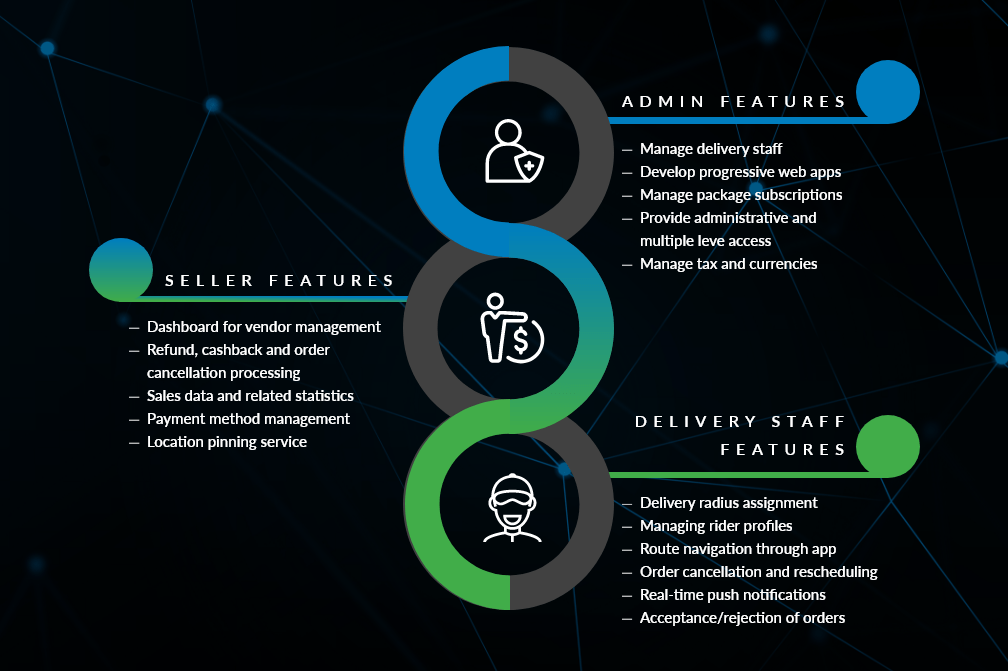
An online grocery delivery business demands uninterrupted and accurate ordering, tracking, and delivery of products and you must strive to achieve harmony in the process.
Ready to kickstart your own online grocery delivery business? Get in touch with our experts over a consultation to know how you can use NetworkON to build your own online marketplace for free. For more information, email us at info@networkon.io or visit our website.
Frequently Asked Questions
What makes a user-friendly online grocery delivery platform?
A user-friendly platform should offer a seamless experience from registration to checkout. Key features include easy navigation, intuitive search options, clear product information, and a streamlined payment process. Providing clear product images, detailed descriptions, and quick access to frequently purchased items helps in enhancing the user experience. Speed is crucial—pages and payment processes must load quickly to avoid losing customers.
How does NetworkON ensure timely delivery of groceries?
NetworkON’s grocery delivery solutions include optimized route management and AI-driven dispatching to prioritize the delivery of perishable items. This ensures that groceries, especially those time-sensitive, like fresh produce and meats, are delivered promptly to maintain their freshness. Additionally, integrated real-time tracking helps monitor deliveries, ensuring customers receive their orders on time.
Why is an integrated system important for an online grocery delivery business?
An integrated system ensures that all supply chain elements—warehousing, fleet management, order tracking, and customer engagement—work together harmoniously. This streamlines operations, reduces costs, improves communication, and enhances customer experience. With NetworkON, you can manage everything from a centralized dashboard, leading to more efficient processes and better decision-making.
What payment options does NetworkON’s grocery delivery software support?
NetworkON’s software supports multiple payment options, including digital wallets, UPI, credit cards, and debit cards. This flexibility ensures customers can choose their preferred payment method, smoothing the checkout process and increasing the likelihood of repeat business. The platform also supports refunds and cashback discounts, further enhancing customer satisfaction.
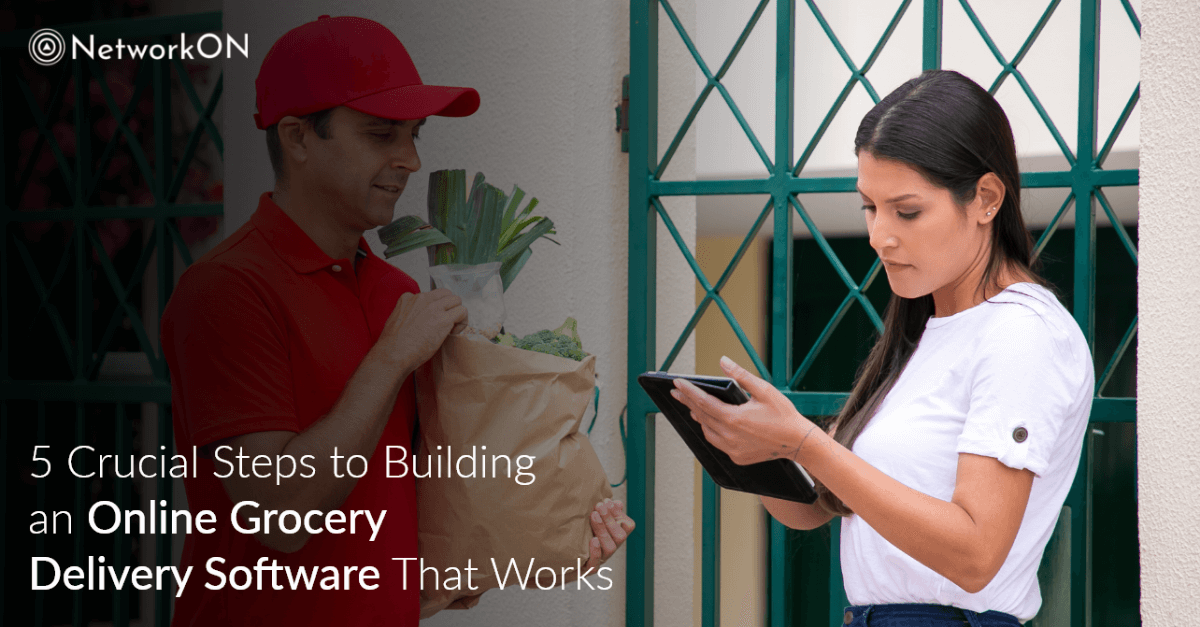

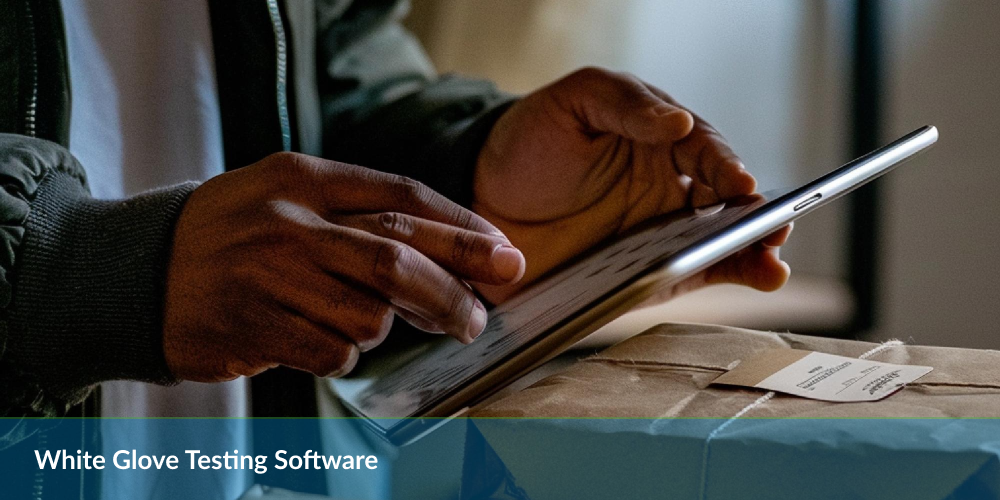

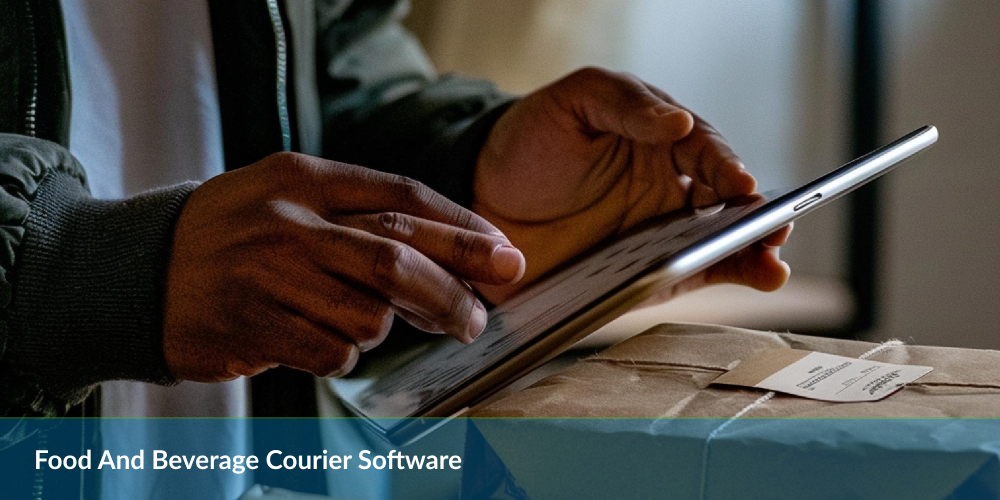
0 Conversations